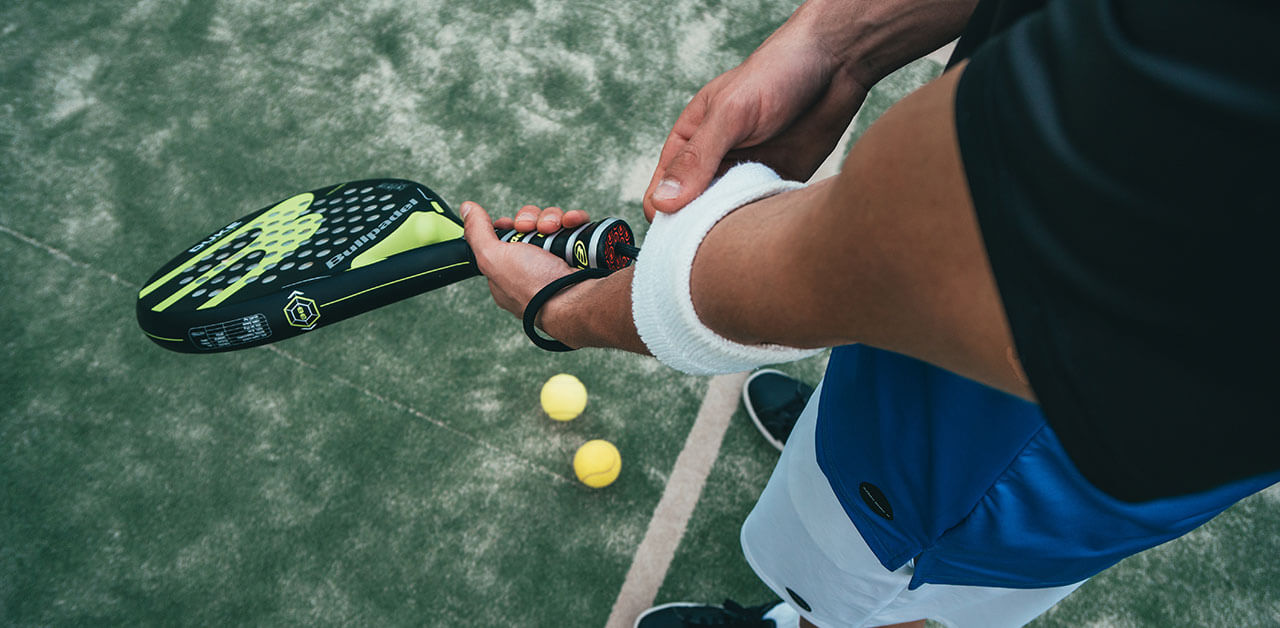Visualization has been found to contribute to sports success. Athletes have used visualization to “create renewed mental awareness, a heightened sense of well-being and confidence,” says Exercise Physiologist and Fitness Consultant Elizabeth Quinn on Very well Fit.
While visualization cannot replace years of physical training, the mental rehearsal through visualization combined with physical practice can literally fire up the muscles and help athletes achieve optimal performance. According to Sports Psychologist Dr. Richard Suinn, “visual rehearsal triggers neural firings in the muscles and creates a mental blueprint that can ultimately facilitate future performance.”
Visualization also isn’t just positive daydreaming. A study published in the Journal of Experimental Social Psychology suggests taking into consideration “realistic obstacles, setbacks, and other decidedly no-so-positive factors” to make visualization more effective. It is, after all, a mental rehearsal.
Surfers like three-time world champion surfer Carissa Moore and Stephanie Gilmore practice visualization, too. Moore takes surfing beyond the physical level. She takes time to journal, meditate and visualize daily.
When world-class surfer Stephanie Gilmore suffered a violent attack just outside her apartment that landed her in the hospital, she was told by doctors that she wouldn’t be able to surf for six weeks. But she would spend hours visualizing herself in the waves, and she was back to surfing five weeks later, defying her doctor’s orders. She landed the fifth place at the Roxy Pro in Burleigh Heads, Australia despite her injuries from the attack.
